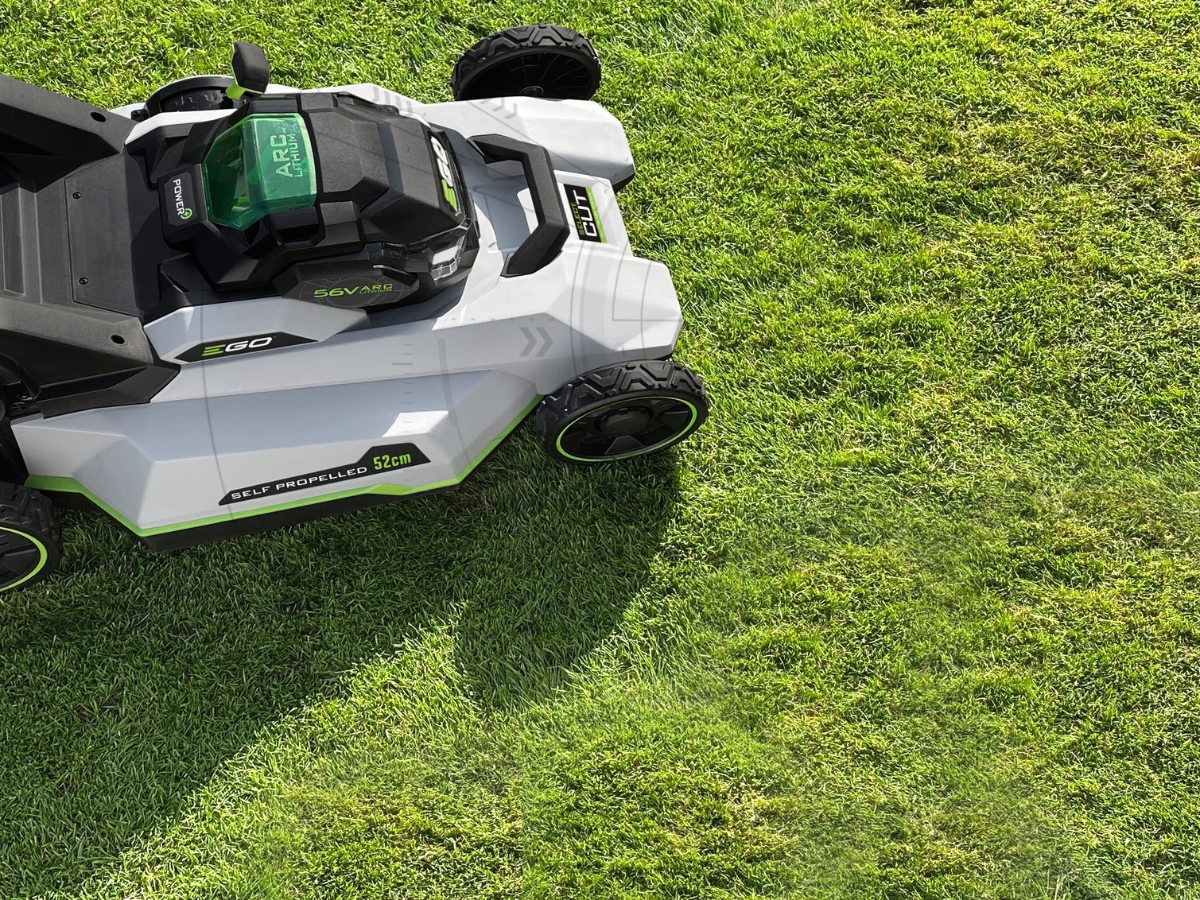Since the early 20th century, the UK has lost approximately 97% of its wild meadows. This alarming fact is a major reason for the recent No Mow May movement. Lawns and grassy areas up and down the UK are the natural resting places of these meadows that have the potential to become buzzing with wildlife.
Due to modern-day practices, we cut short these meadows to prevent them from blossoming into diverse and colourful habitats that benefit pollinating insects. A way around this is a relatively new idea - No Mow May.
No Mow May - an annual campaign
No Mow May is exactly that - avoiding mowing your lawn, or at least a portion of it, for the entirety of May. Founded by Plantlife in 2019, No Mow May has been gaining more and more popularity each year.
Come this year, in 2024, it will be the campaign’s fifth year and an even larger portion of the UK’s 20 million gardens will be taking part.
What flowers can you expect to see?
With the nearly 1400 species of flora in the UK and Ireland, it’s impossible to list all the ones you could see in your garden if you take part in No Mow May. With that being said, here are some of the most common species that you will likely see:
- Red Campion
- Cuckoo Flower
- Yellow rattle
- Daisys
- Cow Parsley
- Red and White Clover
- Knapweed
- Buttercups
- Field forget-me-knots
- Meadowsweet
- Ragged Robin
- Harebell
- Yarrow
- Birds-foot
Do I need to do anything for No Mow May?
Although No Mow May sounds simple enough, some minor preparation is needed before you watch your lawn bloom in late spring. All the preparation required is removing obstacles and structures from your lawn.
Obstacles like temporary football nets not only suppress the meadow from growing in that area, but they can cause long-term damage too. If you leave them and then come to move them in June when you come to mow, you will discover unsightly brown patches in your lawn.
If you want to get involved but like a tidy lawn, you could always simply leave “crop circles” or specific areas for wildflowers and grass to grow at the end of your garden or in certain areas as a nod to the conservation initiative.
Tending to your lawn in May
Lawn care for No Mow May is minimal, if at all. In fact, the only lawn care you will need to do for No Mow May is if there is an unusually dry May.
By mid-May, you should see at least flower heads forming, if not blooming. However, if your lawn shows no signs of this and the grass is still short, you should water it. Here are some other signs that your lawn requires a drink:
- Dry, crumbly soil - If the soil looks compacted and dry and is also crumbly to the touch, then this is a sign that you need to water your lawn.
- Soil gaps - Noticing gaps or cracks in the surface of the soil or ground is another sign that you need to water your lawn.
- Footprints stay in the grass - Footprints that stay compacted in the meadow or lawn are a sign that it needs some water.
- Patches - Brown patches in your lawn are an indicator that it requires more water.
Other gardening jobs to do in May
With the free time that would have otherwise been used to mow your lawn, there are some other gardening and maintenance jobs that you could be doing in May:
- With not using your lawn mower for an entire month, you should check over your cordless lawn mower and give it some maintenance, just like you would before its first mow.
- If you have a fast-growing hedge, it may need some pruning back already with a battery hedge trimmer.
- Some fruit trees, like apples and pears, will be blooming at this time of year. If there is a late frost forecast, you may need to cover them with a protective netting.
- You could install a water butt in your garden so you can capture rainwater and use it on plants.
Can I extend No Mow May?
No Mow May doesn’t have to be limited to May only. You could choose to mow your lawn regularly in May but not mow it at all in June, for example. Or you could decide to not mow your lawn in April through to July, it’s up to you.
Whatever you decide to do, the good news is the vast number of flower species in the UK all flower at different times. So, no matter which month of the growing season you decide not to mow your lawn, it’s highly likely that your lawn will blossom into a beautiful, pollinator-friendly flower meadow.
